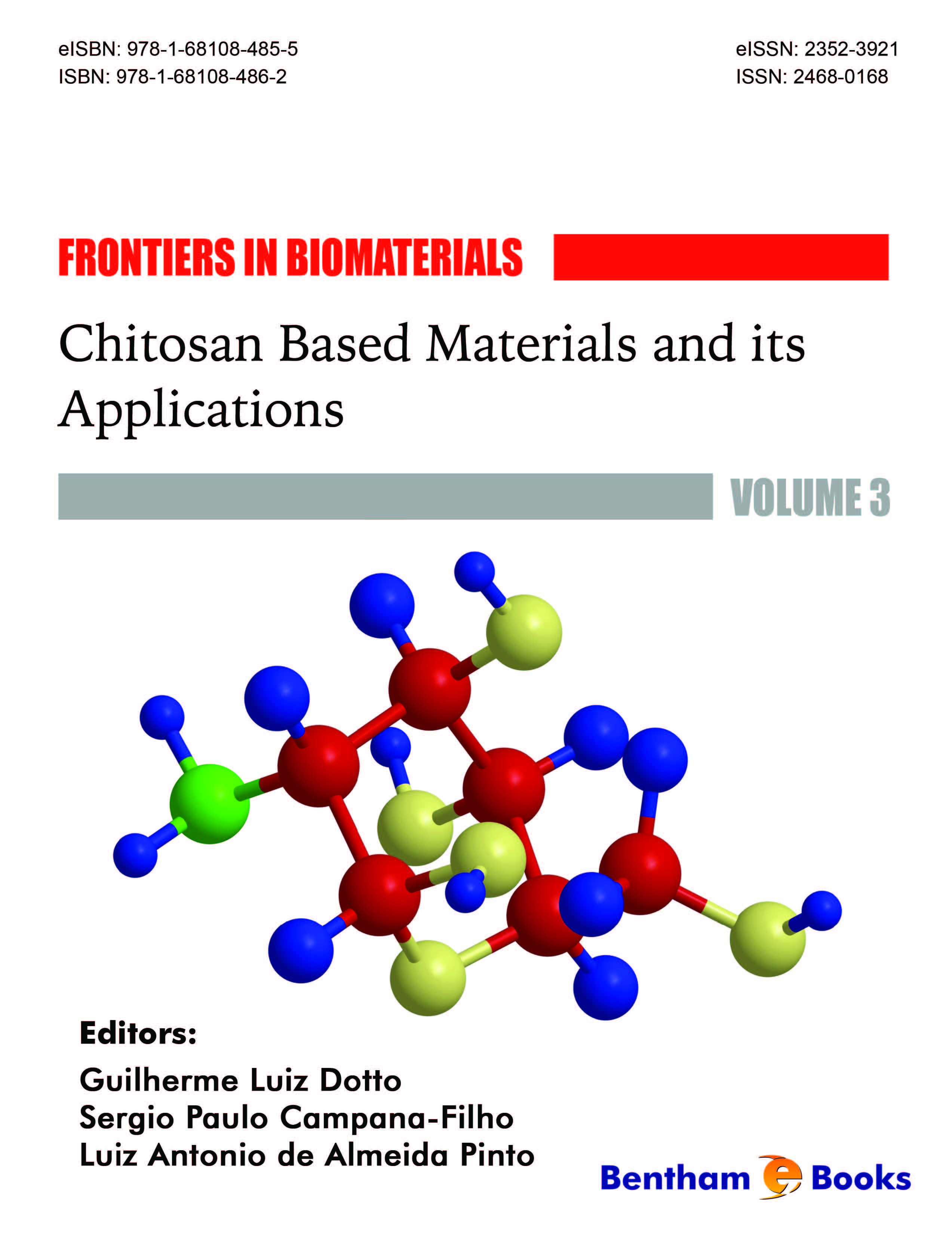Chitosan is an alternative, low cost and available biomaterial, which can be obtained from natural and renewable resources. Chitosan can be obtained from chitin deacetylation and, its properties are dependent on the used method and the experimental conditions. Chitosan has several interesting properties from industrial and technological viewpoints, such as, biocompatibility, bioavailability, adhesivity, film forming properties and is polycationic in acid mean. Chitosan can be processed in the form of films, membranes, hollow fibers, nanofibers, nanoparticles and scaffolds. On the basis in these interesting properties, chitosan has an unlimited potential of application, for example, in agriculture, medicine, odontology, pharmacy, engineering and other fields. Studies involving chitosan increased significantly in the last 15 years. Consequently, many frontiers were overcome and new research fields were opened. Based on the above mentioned facts, the traditional and new trends about chitosan based materials were organized in a book: "Chitosan Based Materials and its Applications". It is expected that these information will assist future research in the chitosan field.
This book consists of 10 contributions or chapters. The chapters were developed by eminent researchers from Brazil, Portugal, the United Kingdom and Poland, which worked on chitosan and chitosan based materials. Chapter 1 shows general considerations about chitosan and its based materials, while chapter 2 is focused on the obtention processes and characteristics. In chapters 3 to 5, chitosan based materials like nanofibers, nanoparticles, nanocapsules and chemically modified chitosans are addressed. The characterization techniques for chitosan and its based materials are presented in chapter 6. Chapters 7 to 10 are focused on the applications such as, water treatment, drug delivery, edible films and pervaporation membranes. Based on this interesting material, we believe that this book continue to inspire the development and implementation of technologies involving chitosan based materials in the academic and industrial fields.
Guilherme Luiz Dotto
Environmental Processes Laboratory (LAPAM),
Chemical Engineering Department,
Federal University of Santa Maria (UFSM),
Roraima Avenue, 1000, Santa Maria, RS, Brazil
Sergio Paulo Campana-Filho
Instituto de Química de São Carlos – Universidade de São Paulo,
Av. Trabalhador são-carlense, 400 - CEP,
13566-590 São Carlos/SP, Brazil
Luiz Antonio de Almeida Pinto
Industrial Technology Laboratory, School of Chemistry and Food,
Federal University of Rio Grande – FURG,
Rio Grande – RS, Brazil

